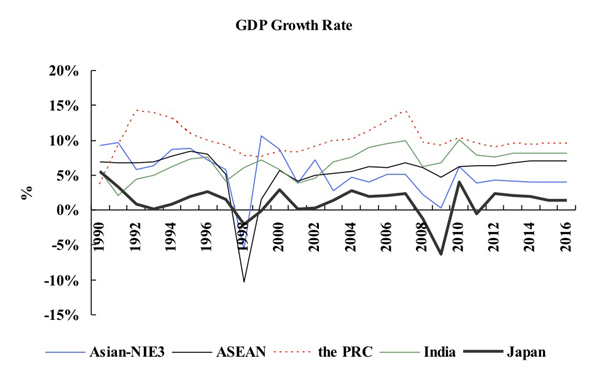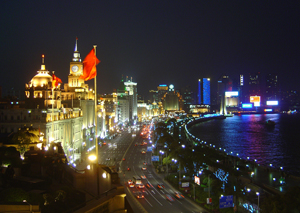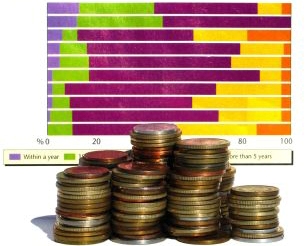I am delighted to welcome readers to Asia Pathways, the new blog of the Asian Development Bank Institute (ADBI).
Our goal in launching this blog is to present readable and lively analyses of important economic and development issues in the Asia and Pacific region. We hope to encourage debate among policymakers, researchers, practitioners, journalists and other sections of the public who may wish to follow and engage in public policy discourse.
ADBI already produces a wide range of analytical material on Asia and the Pacific, ranging from working papers and policy briefs to scholarly books. I encourage readers to visit our website for full details of these.
In a sense, Asia Pathways will offer a window into these larger works, since we can provide short and easily accessible posts based on our work. However, our vision is broader than that. Asia Pathways will aim to present informed views and insights on contemporary Asia, both the bright future for the region that many foresee, and the dark corners that remain; and both the almost certain developments and the uncertain future.
Speaking from the vantage of late December 2011, it is easy to become fixated on some of the short-term troubles that face the economies of Asia and the Pacific.
The global financial crisis that culminated in the Lehman collapse in the fall of 2008 has not quite gone. Europe, one of the economic powerhouses of the global economy, is now in the midst of a sovereign debt and banking crisis, with the future of its currency, the euro, in doubt. The United States, for so long the most dominant and dynamic country in the world, is still struggling to drag itself out of the financial crisis. Both economic blocs are characterized by high unemployment, high and unsustainable levels of government debt, damaged financial sectors, and anemic growth rates.
Without a doubt the continuing global financial and economic crisis will cast a shadow over Asia and the Pacific for the next several years to come, even under the most optimistic scenarios.
Nor do the threats to Asia come only from outside the region. As I write this post, it is only a matter of days since the demise of the North Korean leader Kim Jong Il. North Korea’s relationships with its neighbours, the Republic of Korea and Japan, have long been difficult, occasionally breaking into low-level military activity. The world now waits to see what the succession in North Korea will bring. I certainly hope that the new regime will establish a peaceful relationship with the international community, launch fundamental economic reforms and open the economy to the rest of the world.
Taking a long-term perspective, there are reasons to be optimistic about the economic future for Asia and the Pacific.
Japan was severely affected by the triple disasters of the earthquake, the tsunami, and nuclear plant failures, but its economy is now steadily recovering despite the strong yen, power shortages, and the public debt problem. Other Asian economies are expected to maintain, strong economic growth (see graph below). The PRC continues to lead, having achieved an average real GDP growth rate of 10.1% in the past 20 years. The average growth rates for other major economies in the region included: Singapore, 6.6%; India, 6.5%; Malaysia, 5.9%; Republic of Korea, 5.5%; Indonesia, 4.9%; Thailand, 4.8% and Japan, 1.1%. Over the coming five years, the International Monetary Fund World Economic Outlook (September 2011) projects respectable average growth rates of: PRC, 9.4%; India, 8.0%; Viet Nam, 7.0%; Indonesia, 6.8%; Malaysia, 5.1%; the Philippines, 5.0%; Thailand, 4.9%; Singapore, 4.2%; and Republic of Korea, 4.1%.

On the political level too, there are reasons to be optimistic as we move further into the second decade of the 21st century. Myanmar, for so long a byword for political repression and stagnation, is showing welcome signs of an easing of controls and this is a development that we in ADBI are watching very closely. We should also remember the ending of the civil war in Sri Lanka in 2009 and the opportunities that offer the country as it rebuilds from 25 years of conflict. All these give me hope for the future.
As I mentioned at the start of this inaugural post, Asia Pathways is designed to encourage debate. I hope that readers will not only read and enjoy this blog, but will feel inspired to comment on posts and even to contribute their own posts. Such contributions should be sent via the link on the home page and will be subject to the Asia Pathways reviewing process.




